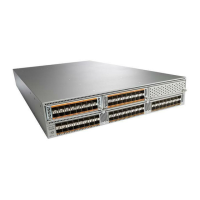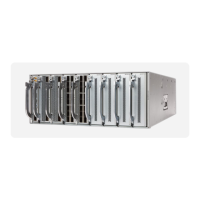CHAPTER 19
Configuring EEM
This chapter contains the following sections:
•
Information About Embedded Event Manager, page 235
•
EEM Policies, page 236
•
EEM Event Statement, page 237
•
EEM Action Statements, page 238
•
VSH Script Policies, page 238
•
EEM Event Correlation, page 238
•
EEM Virtualization Support, page 239
•
EEM Licensing Requirements, page 239
•
Prerequisites for EEM, page 239
•
Guidelines and Limitations for EEM, page 239
•
Default Settings for EEM, page 240
•
Configuring EEM, page 240
•
Verifying the EEM Configuration, page 251
•
Configuration Examples for EEM, page 252
Information About Embedded Event Manager
The Embedded Event Manager (EEM) monitors events that occur on your device and takes action to recover
or troubleshoot these events, based on your configuration.
EEM consists of three major components:
• Event statements—Events to monitor from another Cisco NX-OS component that might require some
action, workaround, or notification.
• Action statements—An action that EEM can take, such as sending an e-mail, or disabling an interface,
to recover from an event.
Cisco Nexus 5600 Series NX-OS System Management Configuration Guide, Release 7.x
OL-31641-01 235

